Listen now on Apple, Spotify, and YouTube.
Brought to you by:
• Brave Search—A smarter way to search
• Vanta—Automate compliance. Simplify security
• Paragon—Ship every SaaS integration your customers want
—
Jen Abel is the co-founder of JJELLYFISH, where she and her team have worked with over 300 early-stage founders to learn how to sell, do early customer discovery, and set up a repeatable sales motion on the way to their first $1M ARR. In our conversation, Jen shares:
Why founder-led sales is so crucial early on
The sales process, step by step
How to craft effective outreach messages
Where to find leads
What three channels work best for outreach
What to say on your first call
How to maintain momentum
Strategies for navigating procurement and closing deals
Common pitfalls in the sales process and how to avoid them
Some takeaways:
As a founder, you are the best person to sell your product in the early stages. No one knows your vision and product as deeply as you do. Use that knowledge to connect with potential customers. Salespeople can’t replicate the passion, vision, and insights you can offer.
The typical enterprise sales process includes:
Initial outreach and qualification
Discovery call
Demo/proposal
Co-authoring scope of work
Procurement
Signature and closing
When crafting outreach messages, focus on:
Relevance to the prospect’s role
Presenting a counterintuitive or novel insight
Focusing on the problem, not the solution
Keeping it concise (3 to 4 sentences maximum)
When reaching out to potential leads, don’t just tell them your product is “better”—show them why it’s fundamentally different. Share a shocking insight or counterintuitive observation that’ll make them stop and think. If they read your message and think, “That’s interesting,” you’re already halfway there.
In the early stages, founder-led sales should focus on learning about customer pain points, not just closing deals. Treat sales conversations as research opportunities to gather insights, validate problems, and refine your product based on real feedback. Look for “budding insights”—those subtle hints of deeper needs—that can guide product or pitch adjustments.
You may think cold emailing and LinkedIn DMs are your only routes to outreach, but cold calling is surprisingly effective. In fact, the response rates can be much higher than with email in some cases. So don’t shy away from picking up the phone—especially when you can deliver that personal touch that makes people want to engage.
Always try to book the next call while you’re still on the phone. If they’re not ready to schedule it, that’s a red flag. If they say they’ll email you later, it’s often a polite way of saying they’re not interested.
Win rate matters more than conversion rate early on. If you close 30% of the people you engage with, you don’t need as many leads to hit your target. If your win rate is lower, you’ll need to increase outreach volume—but remember, it’s quality that drives the conversion, not just the quantity.
Make the procurement process as easy as possible for the buyer. Fill out forms, answer questions, and remove friction. If you’re clear about what you do (and don’t do), it makes it easier for procurement to understand your value and push the deal through.
The biggest opportunity for improvement in most sales processes is qualification. Ensure that you’re talking to the right people with the right message about a problem they actually care about solving.
Enterprise sales is a long game: In highly regulated industries or with large enterprise deals, expect timelines to stretch. Deals might take 9 to 12 months, on the conservative side. The key is to manage expectations and focus on the long-term payoff—it’s hard work but incredibly rewarding.
Trust is the most important currency in sales. Be honest about your capabilities, and don’t oversell just to close a deal. If you’re just trying to make a quick sale to tick a box, customers will feel that and churn fast. Focus on solving problems, not just pushing a product.
Where to find Jen Abel:
• LinkedIn: https://www.linkedin.com/in/earlystagesales
In this episode, we cover:
(00:00) Jen’s background
(02:20) The importance of founder-led sales
(08:24) The steps of a sales cycle
(12:01) Tactics for effective cold outreach
(16:47) Conversion rate vs. win rate
(20:20) The time it takes to find product-market fit
(23:06) Identifying and engaging prospects
(30:58) Nailing the first phone call
(34:14) Buying vs. selling
(38:08) Testing the questions to ask
(41:57) Avoiding common sales questions and securing the second call
(43:08) Co-authoring with customers
(45:06) Time-boxing service contracts
(49:20) Why you should avoid demos on the first call
(51:05) Dealing with procurement
(54:22) The power of enterprise sales
(58:14) Getting a signature
(01:00:15) Choosing a focus and overcoming sales challenges
(01:02:19) General timelines
(01:04:27) Final thoughts and advice
(01:13:32) Working with Jen
Referenced:
• Wiz: https://www.wiz.io/
• JJELLYFISH: https://www.jjellyfish.com/
• Clay: https://www.clay.com/
• A guide for finding product-market fit in B2B: https://www.lennysnewsletter.com/p/finding-product-market-fit
• Airtable: https://www.airtable.com/
• Figma: https://www.figma.com/
• GitHub: https://github.com/
• Vanta: https://www.vanta.com/
• Christine Cacioppo on LinkedIn: https://www.linkedin.com/in/ccacioppo/
• Glengarry Glen Ross: https://www.imdb.com/title/tt0104348/
• A step-by-step guide to crafting a sales pitch that wins | April Dunford (author of Obviously Awesome and Sales Pitch): https://www.lennysnewsletter.com/p/a-step-by-step-guide-to-crafting
• Sales Pitch: How to Craft a Story to Stand Out and Win: https://www.amazon.com/Sales-Pitch-Craft-Story-Stand-ebook/dp/B0CHY6BNDN
• Sprig: https://sprig.com/
• Zip: https://zip.co/
Production and marketing by https://penname.co/. For inquiries about sponsoring the podcast, email podcast@lennyrachitsky.com.
Lenny may be an investor in the companies discussed.


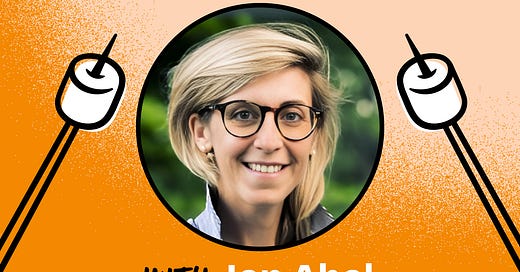
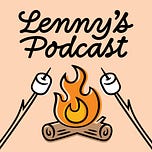




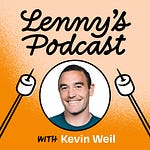
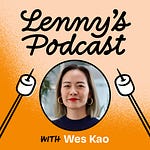
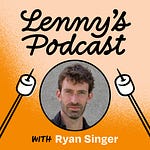
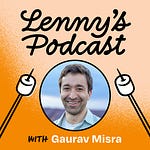
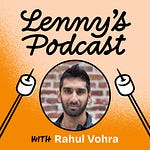
Share this post